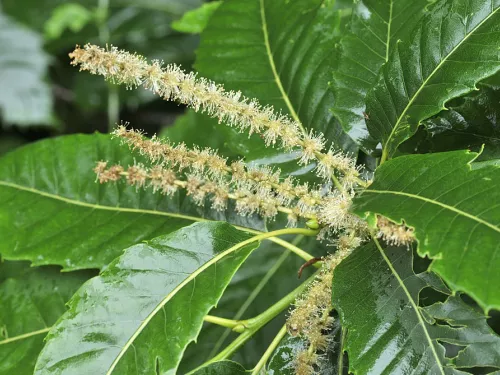Stork's-bill
The bill-shaped seed pods of Common Stork's-bill explode when ripe, sending the seeds flying! This low-growing plant has pretty pink flowers and can be seen on grasslands and coastal sands.
The bill-shaped seed pods of Common Stork's-bill explode when ripe, sending the seeds flying! This low-growing plant has pretty pink flowers and can be seen on grasslands and coastal sands.
This large anemone is found on rocky shores around the UK and is so called because its green spots and red body means it looks like a strawberry!
Sugar kelp is the crinkly belt like kelp that can often be found in deep rockpools on the lower shore or washed up on the beach after rough seas.
The ocean sunfish is the second largest bony fish on the planet and visits UK seas during the summer months to feast on jellyfish.
Look out for the swallow performing great aerial feats as it catches its insect-prey on the wing. You may also see it perching on a wire, or roosting in a reedbed, as it makes its way back to Africa for the winter.
The exotic and beautiful swallowtail is the UK's largest butterfly. A strong flier, residents can be spotted over wetlands in Norfolk during summer. Migrants occasionally appear in southern England.

The sweet chestnut is famous for its shiny brown fruits, or 'chestnuts', that are wrapped in a spiky, green casing and make a tasty winter treat. Look for this tree in woodlands in South East England.
Flowering in spring, the cylindrical, densely packed flower spikes of Sweet vernal-grass are easily spotted in a meadow. It also tastes of sweet vanilla and was once a favourite 'chewing grass'.
Swifts spend most of their lives flying – even sleeping, eating and drinking – only ever landing to nest. They like to nest in older buildings in small holes in roof spaces.
This metallic green beetle can be seen visiting flowers on sunny days in spring and summer.
A tall, domed tree of woodlands, hedgerows and parks, the introduced sycamore is familiar to many of us the 'helicopter' producing tree - its large, winged fruits appearing in autumn.
Tall melilot was introduced into the UK as a fodder crop, but has now become naturalised. It displays golden, pea-like flowers on tall spikes, which are followed by black, hairy seed pods.